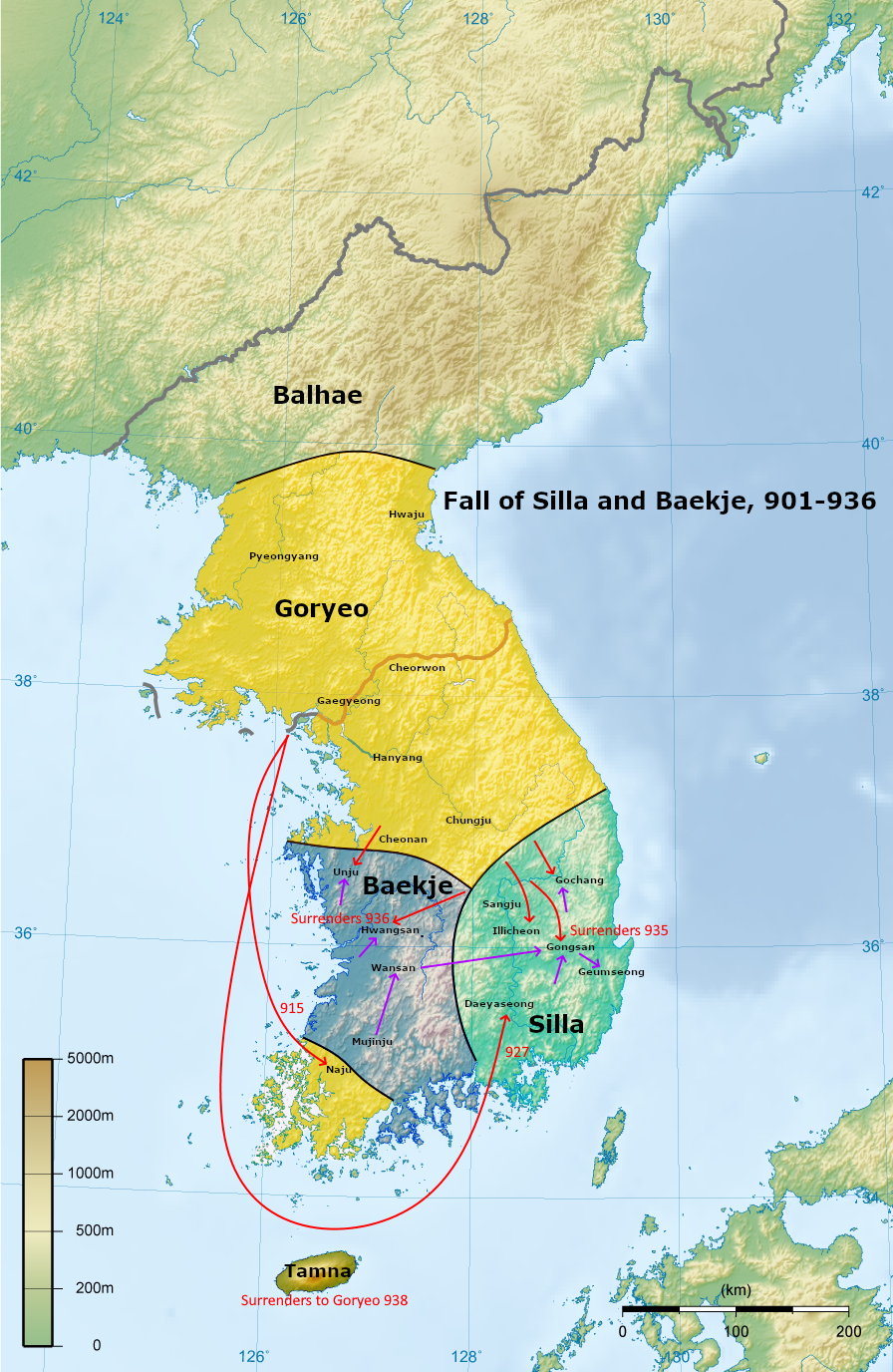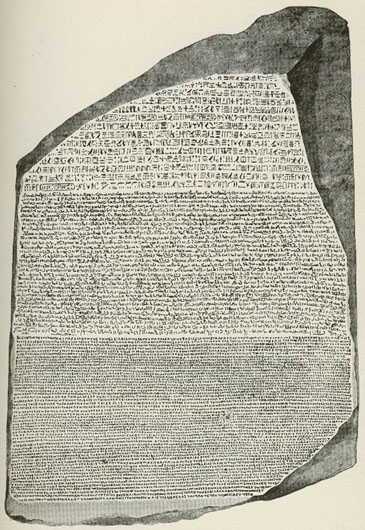|
Ajaeng
The ''ajaeng'' () is a Korean string instrument. It is a wide zither with strings of twisted silk. It is played with a slender stick of forsythia wood that is drawn across the strings in the manner of a bow (or it can be played w/ a Horsehair Bow). The ''ajaeng'' mainly plays the bass part in ensemble music. Some instruments have as many as nine to twelve strings. similar to the koto but bowed The ''ajaeng'' is generally played while seated on the floor. It has a tone similar to that of a cello, but raspier. Some contemporary players prefer to use an actual horsehair bow rather than a stick, believing the sound to be smoother. The instrument is used in court, aristocratic, and folk music, as well as in contemporary classical music and film scores. The traditional ''ajaeng'' is divided into a ''daeajaeng'' () for ''jeongak'' () and a ''soajaeng'' for folk music (, or ''sanjo ajaeng'', ). Since the second half of the 20th century, various improved ''ajaengs'' have been made and ... [...More Info...] [...Related Items...] OR: [Wikipedia] [Google] [Baidu] |
Yazheng
The yazheng (; also spelled ''zha zheng'' or ''zha cheng'') is a Chinese string instrument. It is a traditional zither similar to the guzheng but bowed by scraping with a rosined stick or a horsehair bow, (or plucked sometimes). The musical instrument was popular in the Tang dynasty, but is today little used except in the folk music of some parts of northern China, where it is called ''yaqin'' (). Playing The zhazheng is generally played while seated on the floor. It has a tone similar to that of a viola, but raspier. Some contemporary players prefer to use an actual horsehair bow rather than a stick, believing the sound to be smoother. The instrument is used in court, aristocratic, and folk music, as well as in contemporary classical music and film scores. The Korean ''ajaeng'' (hangul: 아쟁; hanja: 牙箏) is derived from the ''yazheng''. In 2002, the People's Republic of China released a postage stamp featuring the instrument. The '' zhengni'' (筝尼) is a similar instru ... [...More Info...] [...Related Items...] OR: [Wikipedia] [Google] [Baidu] |
Korean Court Music
Korean court music () comprises three main musical genres: ''aak'', an imported form of Chinese ritual music; a pure Korean form called ''hyangak''; and a combination of Chinese and Korean styles called ''dangak''. Korean court music and its historical origins can be traced back to the Three Kingdoms of Korea, Three Kingdoms Period (57 BCE–668), the Unified Silla (668–935), Goryeo (918–1392) and Joseon dynasty, Joseon dynasties (1392–1910). It was partly modelled on the court music of China, known as ''yayue''. Korean court music also shows similarities with the court music of Japan, known as ''gagaku'' and of Vietnam, known as ''nhã nhạc'', which also are also derivative of yayue. Performances in the form of banquet dances typically accompany the court music, in which musical institutions play a role in teaching and training musicians and performers on the forms of traditional Korean dance. The instruments used in Korean court music vary depending on the specific gen ... [...More Info...] [...Related Items...] OR: [Wikipedia] [Google] [Baidu] |
Sanjo (music)
''Sanjo'' (), literally meaning 'scattered melodies', is a style of traditional Korean music, involving an instrumental solo accompanied by drumming on the ''janggu'', an hourglass-shaped drum. The art of ''sanjo'' is a real crystallization of traditional Korean melody and rhythm which may have been handed down by rote generation after generation. The drummer who beats the ''janggu'' also makes '' chuimsae'' (exclamations) in order to please the audience. The audience can also express their excited feeling with ''chuimsae'' while listening to ''sanjo''. A big ''chuimsae'' indicates a good performance, so the musician can make a better performance. Like '' pansori'', ''chuimsae'' plays an important role in ''sanjo''. Without ''chuimsae'', the music is meaningless. ''Chuimsae'' connects musician and audience during a ''sanjo'' performance. Almost every Korean traditional musical instrument is used in ''sanjo'': gayageum, geomungo, daegeum, haegeum, piri, taepyeongso, ajaeng, da ... [...More Info...] [...Related Items...] OR: [Wikipedia] [Google] [Baidu] |
Bow (music)
In music, a bow () is a tensioned stick which has hair (usually horse-tail hair) coated in rosin (to facilitate friction) affixed to it. It is moved across some part (generally some type of strings) of a musical instrument to cause vibration, which the instrument emits as sound. The vast majority of bows are used with string instruments, such as the violin, viola, cello, and bass, although some bows are used with musical saws and other bowed idiophones. Materials and manufacture A bow consists of a specially shaped stick with other material forming a ribbon stretched between its ends, which is used to stroke the string and create sound. Different musical cultures have adopted various designs for the bow. For instance, in some bows a single cord is stretched between the ends of the stick. In the Western tradition of bow making—bows for the instruments of the violin and viol families—a hank of horsehair is normally employed. The manufacture of bows is considered a demandi ... [...More Info...] [...Related Items...] OR: [Wikipedia] [Google] [Baidu] |
Forsythia
''Forsythia'' , is a genus of flowering plants in the olive family Oleaceae. There are about 11 species, mostly native to Eastern Asia, but one native to Southeastern Europe. ''Forsythia'' – also one of the plant's common names – is named after the botanist William Forsyth. Description ''Forsythia'' are deciduous shrubs typically growing to a height of and, rarely, up to with rough grey-brown bark. The leaves are borne oppositely and are usually simple, though sometimes trifoliate with a basal pair of small leaflets; they range between in length and, rarely, up to , with a margin that is serrated or entire (smooth). Twigs may be hollow or chambered, depending on the species. The flowers are produced in the early spring before the leaves, bright yellow with a deeply four-lobed corolla, the petals joined only at the base. These become pendent in rainy weather thus shielding the reproductive parts. The fruit is a dry capsule, containing several winged seeds. There is a ... [...More Info...] [...Related Items...] OR: [Wikipedia] [Google] [Baidu] |
Sanjo (music)
''Sanjo'' (), literally meaning 'scattered melodies', is a style of traditional Korean music, involving an instrumental solo accompanied by drumming on the ''janggu'', an hourglass-shaped drum. The art of ''sanjo'' is a real crystallization of traditional Korean melody and rhythm which may have been handed down by rote generation after generation. The drummer who beats the ''janggu'' also makes '' chuimsae'' (exclamations) in order to please the audience. The audience can also express their excited feeling with ''chuimsae'' while listening to ''sanjo''. A big ''chuimsae'' indicates a good performance, so the musician can make a better performance. Like '' pansori'', ''chuimsae'' plays an important role in ''sanjo''. Without ''chuimsae'', the music is meaningless. ''Chuimsae'' connects musician and audience during a ''sanjo'' performance. Almost every Korean traditional musical instrument is used in ''sanjo'': gayageum, geomungo, daegeum, haegeum, piri, taepyeongso, ajaeng, da ... [...More Info...] [...Related Items...] OR: [Wikipedia] [Google] [Baidu] |
Goryeo Dynasty
Goryeo (; ) was a Korean state founded in 918, during a time of national division called the Later Three Kingdoms period, that unified and ruled the Korea, Korean Peninsula until the establishment of Joseon in 1392. Goryeo achieved what has been called a "true national unification" by Korean historians as it not only unified the Later Three Kingdoms but also incorporated much of the ruling class of the northern kingdom of Balhae, who had origins in Goguryeo of the earlier Three Kingdoms of Korea. According to Korean historians, it was during the Goryeo period that the individual identities of Goguryeo, Baekje and Silla were successfully merged into a single entity that became the basis of the modern-day Koreans, Korean identity. The name "Korea" is derived from the name of Goryeo, also romanized as Koryŏ, which was first used in the early 5th century by Goguryeo; Goryeo was a successor state to Later Goguryeo and Goguryeo. Throughout its existence, Goryeo, alongside Unified S ... [...More Info...] [...Related Items...] OR: [Wikipedia] [Google] [Baidu] |
Encyclopædia Britannica
The is a general knowledge, general-knowledge English-language encyclopaedia. It has been published by Encyclopædia Britannica, Inc. since 1768, although the company has changed ownership seven times. The 2010 version of the 15th edition, which spans 32 volumes and 32,640 pages, was the last printed edition. Since 2016, it has been published exclusively as an online encyclopedia, online encyclopaedia. Printed for 244 years, the ''Britannica'' was the longest-running in-print encyclopaedia in the English language. It was first published between 1768 and 1771 in Edinburgh, Scotland, in three volumes. The encyclopaedia grew in size; the second edition was 10 volumes, and by its fourth edition (1801–1810), it had expanded to 20 volumes. Its rising stature as a scholarly work helped recruit eminent contributors, and the 9th (1875–1889) and Encyclopædia Britannica Eleventh Edition, 11th editions (1911) are landmark encyclopaedias for scholarship and literary ... [...More Info...] [...Related Items...] OR: [Wikipedia] [Google] [Baidu] |
Routledge
Routledge ( ) is a British multinational corporation, multinational publisher. It was founded in 1836 by George Routledge, and specialises in providing academic books, academic journals, journals and online resources in the fields of the humanities, behavioral science, behavioural science, education, law, and social science. The company publishes approximately 1,800 journals and 5,000 new books each year and their backlist encompasses over 140,000 titles. Routledge is claimed to be the largest global academic publisher within humanities and social sciences. In 1998, Routledge became a subdivision and Imprint (trade name), imprint of its former rival, Taylor & Francis, Taylor & Francis Group (T&F), as a result of a £90-million acquisition deal from Cinven, a venture capital group which had purchased it two years previously for £25 million. Following the merger of Informa and T&F in 2004, Routledge became a publishing unit and major imprint within the Informa "academic publishing ... [...More Info...] [...Related Items...] OR: [Wikipedia] [Google] [Baidu] |




